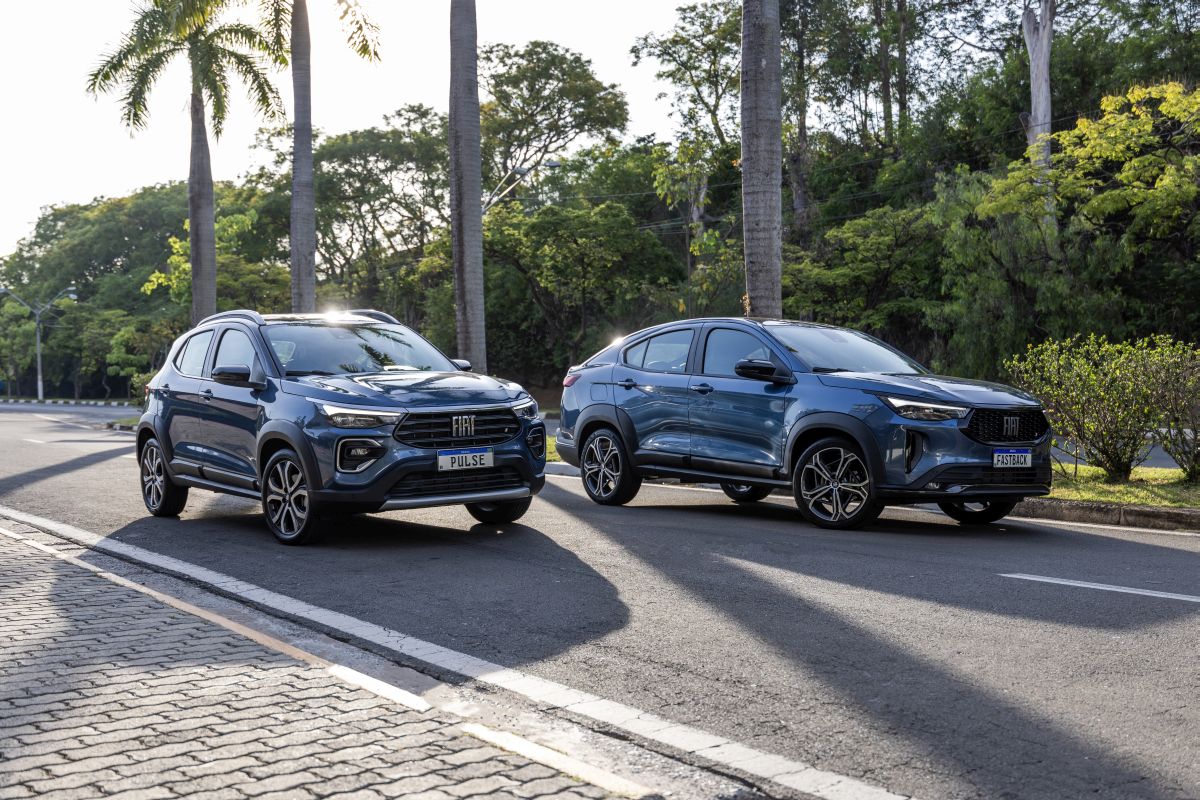TURIN (ITALPRESS) – Fiat has launched Bio-Hybrid technology with its highly successful SUV models, Pulse and Fastback, in Brazil. The technology combines electric and hybrid powertrains with biofuels, particularly ethanol, to reduce carbon emissions and promote affordable mobility.Brazil, where Fiat is a dominant force in the market, is playing a central role in this development, hosting the Bio-Hybrid global research center at the Stellantis plant in Betim. The introduction of the Bio-Hybrid SUVs underscores FIAT’s commitment to creating sustainable and affordable vehicles, solidifying it as a key player in the future of mobility.As an automaker with a strong commitment to social and environmental progress, Fiat is responding to the urgent need for sustainable transportation solutions. With the launch of the Pulse and Fastback with bio-hybrid technology, the brand reinforces its pioneering role in providing affordable mobility solutions relevant to today’s global challenges.The T200 Hybrid engine, which powers the hybrid versions of the Fiat Fastback and Pulse, represents a quantum leap in performance and efficiency. Mated to a seven-speed CVT transmission, this 1.0 turbo Flex engine is the most powerful in its segment, delivering 130 hp and 20.4 kgfm of torque. By integrating hybrid technology, Fiat has increased fuel efficiency by significantly reducing fuel consumption by 11.5 percent for the Fastback and 10.7 percent for the Pulse with gasoline and ethanol in urban cycles. This improvement positions the T200 Hybrid as an outstanding choice for both performance and economy. At the heart of the hybrid system is a multifunctional electric motor that replaces the traditional alternator and starter components. This innovative design uses two 12V batteries: a 68 Ah lead-acid battery located in the engine compartment and an 11 Ah lithium-ion battery located under the driver’s seat. Together, these batteries support the electric motor, which generates up to 3 kW of power, providing additional torque to the combustion engine and charging both batteries to improve fuel efficiency.The system operates in four dynamic modes that maximize efficiency.e-Start&Stop: This mode activates the Start-Stop function when the vehicle is stationary, shutting down the combustion engine to save fuel. During deceleration, the engine continues to run without fuel injection, optimizing energy recovery. e-Assist: Here, the electric motor provides additional torque to the combustion engine during acceleration and start-up. This assistance, powered by the batteries, reduces fuel consumption and improves performance. Intelligent alternator: The alternator operates in two modes, responding to battery levels. In alternator mode, it charges the batteries when they are discharged, while in neutral mode it maintains the vehicle’s electrical demand when the batteries are sufficiently charged. e-Regen: This regenerative mode captures mechanical energy during deceleration, converting it into electrical energy that recharges both the lead-acid and lithium-ion batteries, recovering up to 25 percent of the energy that would otherwise be lost.
photo: stellantis press office
(ITALPRESS).

